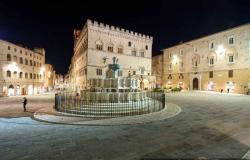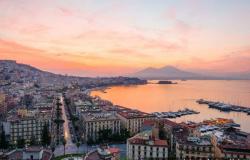A journey through the images of the manufacturing industries that have contributed to the history of the international specialization of the Italian production system. The photographic exhibition Opificio Italia was inaugurated on Monday 15 April, on the occasion of the national Made in Italy day established by the Ministry of Business and Made in Italy, in the national headquarters of Confimi Industria in Rome. The images are taken from family albums and the historical archives of over fifty Confederation companies born in the last century. These are industries that have contributed to creating those products that today are the hallmark of excellence in the world, mainly small family businesses born around an idea rather than a brand.
There are more than 150 shots divided into stages. We start with Logos Opificio which tells the story of the transformation of the brand into a graphic logo, when the product was still more important than the brand. In Interno Opificio the images enter the ancient warehouses, the workshops, the factories, the shelters for the means of transport, among the aprons of the women workers and the overalls of the men. They photograph children posing as they embrace new machinery like family members, and workers and founders mingle around the machines because the work suggests the same commitment. Esterno Opificio instead encompasses showing oneself to the world, becoming a showcase. The products leave the warehouses and become tools to conquer the market. They are the images of advertisements, including sketches, claims, slogans and postcards, molds and registers, diplomas and stamps, sports sponsorships. The “Poveri ma belli” by Carrera Jeans, the frame of Pennelli Cinghiale’s longest-running TV advert “to paint a large wall…”, the poster of the first film of Tre Spade, the sketches for Publitrust’s Atari videogames.
Finally, in Memorabilia Opificio, a stage with an amarcord flavor for the companies that have left their mark. Businesses become products: Baldassare Agnelli is the citrus squeezer for the Andrea Doria and the aluminum water bottle exchanged between Coppi and Bartali, Belleli is the first river transport for floating artefacts, Cartoni are the cameras for the films of Fellini, Rossellini and De Sica , Sgaravatti is the gardens of the Vatican, Titanus is the clapperboard of the Leopard, Barzanò and Zanardo is the registration document of the patent “Man works, the pavesino restores” by Pavesi.
The exhibition, set up in via Tagliamento 25 in Rome, will remain open until 21 August.





